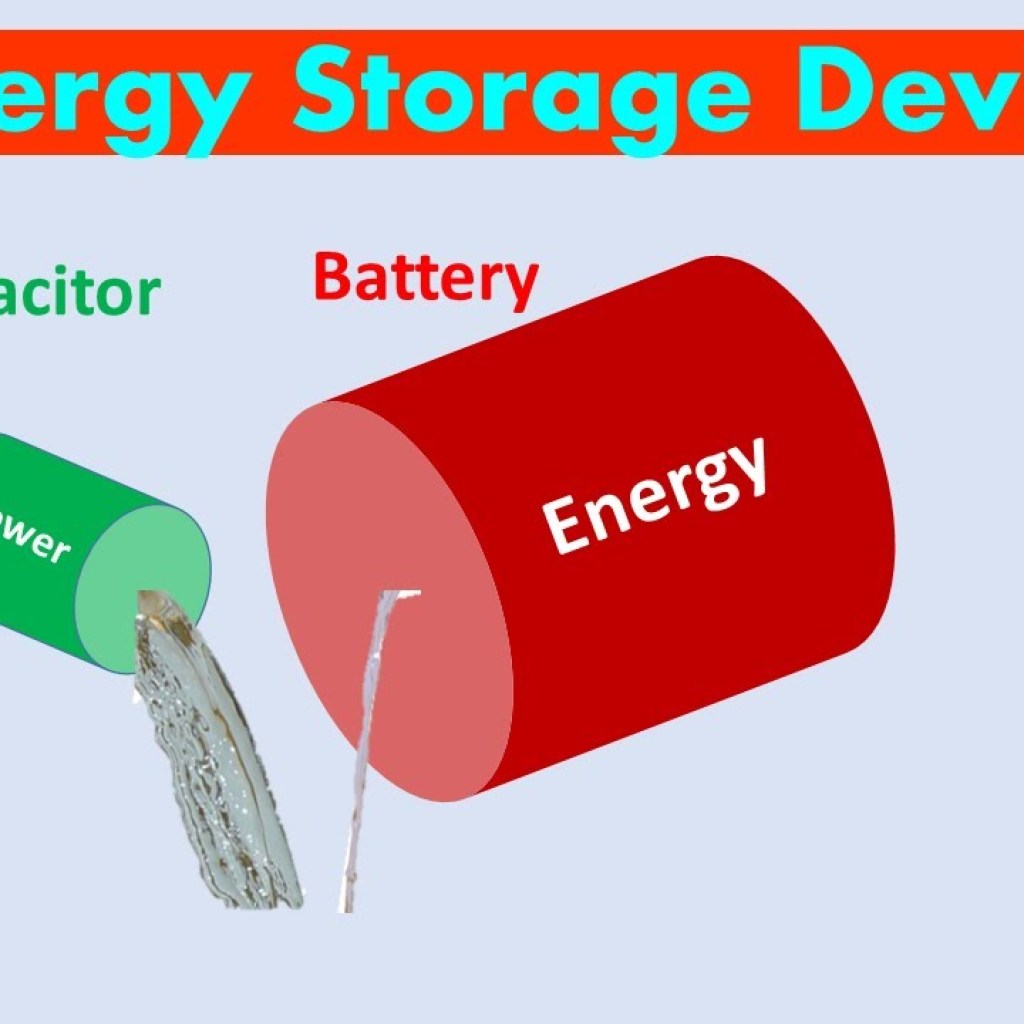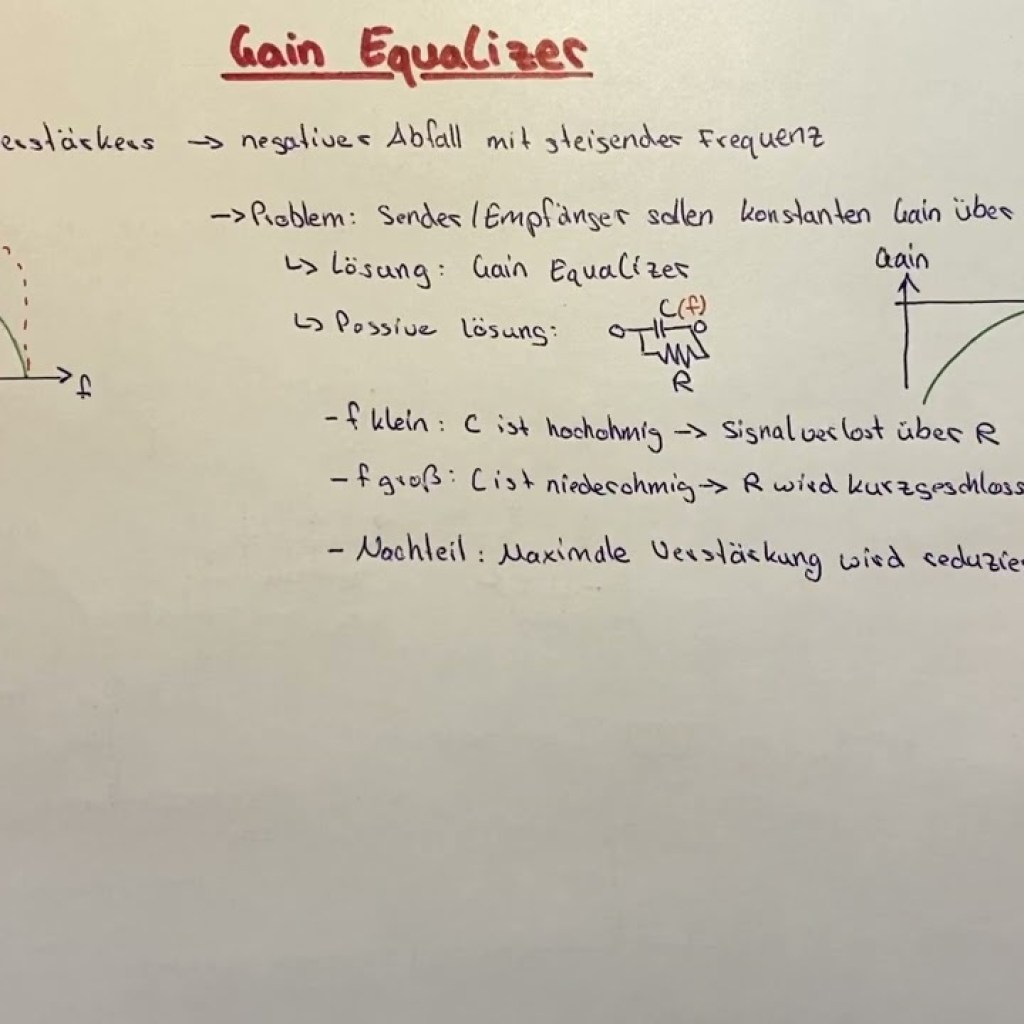Power Density
Source: YouTube Informative Blog Post Exploring Various Aspects of Laser Technology Modes of Multimode Fiber Multimode fibers are optical fibers that allow multiple modes of light to propagate. They are commonly used in short-distance communication due to their larger core size, which facilitates easier coupling of light into the fiber. Rotate Polarization Polarization rotation is […]








